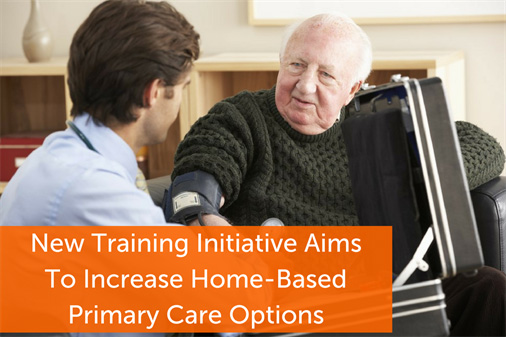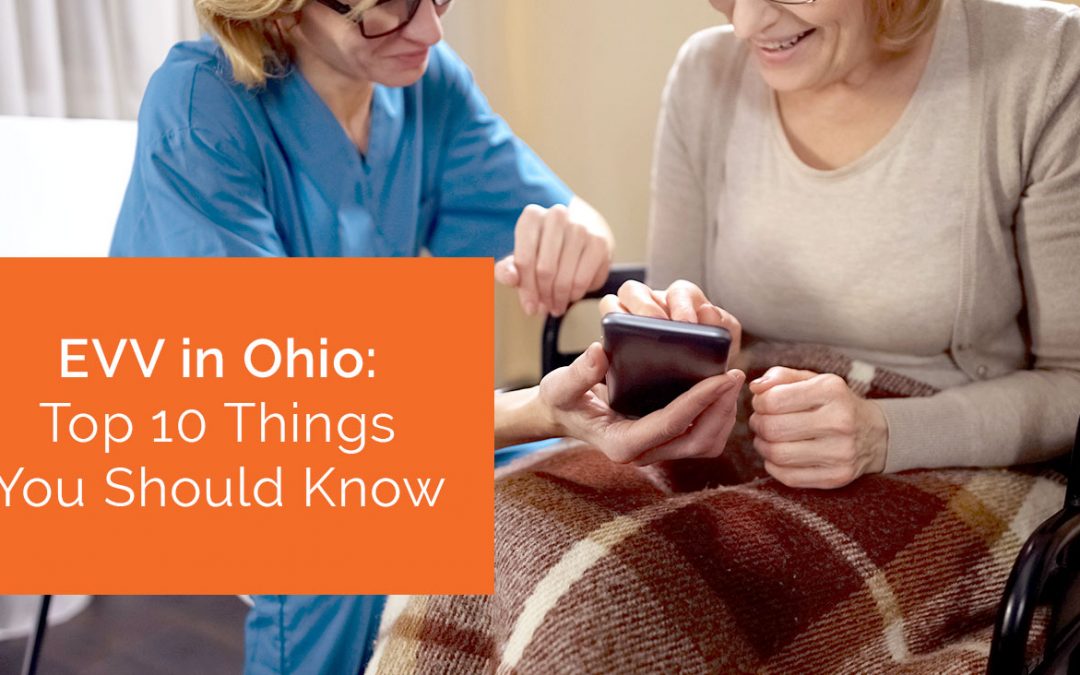For most of us, the idea of a house call from the doctor seems impossibly quaint, like something from the “Andy Griffith Show,” a remnant of a time gone by. That doesn’t mean that many people don’t long for those days, where they wouldn’t have to leave home to see the doctor.
Unfortunately, for about 5 percent of Medicare recipients — approximately 2 million people — getting out of the house to see a doctor is all but impossible. Many are too sick to leave home, but they also need see a doctor on a regular basis to manage a serious chronic condition. Many of these people receive visits from home healthcare professionals, including visiting nurses, physician assistants, and health aides, but the fact is that the majority of people who need the services of a physician at home aren’t receiving those services. The problem? There simply aren’t enough doctors who are willing or who have the training necessary to provide in-home health care to patients.
To help alleviate this shortage, the Home Centered Care Institute, a nonprofit organization devoted to improving access to at-home healthcare services, has launched a new initiative to increase access to care in the home. Designed to give doctors more training in this form of healthcare delivery, the organization has partnered with eight institutions of academic medicine (e.g., teaching hospitals) to provide additional education and training in home-based medicine to physicians. The goal of the program is to increase the number of physicians providing this type of care from 1,000 to 5,000 within the next five years.
Why Home-Based Care Is So Rare
Despite evidence indicating that home-based care improves outcomes, including reducing hospitalizations, emergency room visits, and nursing home admissions, why are there so few physicians who are willing to see patients at home?
For starters, it is a money issue. Quite simply, the Medicare reimbursement rates for home healthcare services are so low that it’s not feasible financially for most doctors to provide such services. This is especially true among those doctors who are carrying large amounts of debt from medical school; certain specialties, in particular many of those required of homebound patients, carry astronomical amounts of debt, making it virtually impossible for physicians to focus on home care, and still meet financial obligations.
However, another important consideration is the fact that most traditional medical schools do not expose new physicians to providing care in a patient’s home. Most training and education focuses on the inpatient and office setting, and therefore many providers feel uncomfortable working in a different space. In most training programs, the idea of the house call is treated as an outdated concept, and only care delivered in a medical setting is appropriate.
Addressing the Issues
To help solve the problem of undertrained physician, the Home Centered Care Institute has launched the Centers of Excellence (COEs) for Home-Based Primary Care program. This is the first and only comprehensive curriculum in the U.S. designed to meet the growing demand for home-based primary care professionals. The curriculum, which is specifically designed to provide the skills and tools necessary to meet the challenges and opportunities in home-based primary care, is appropriate for both clinicians and practice managers, and includes classroom training, mentorship, hands-on fellowship, and online learning opportunities.
More specifically, the program includes 12 hours of classroom training, a three-month mentorship, and two-day “Mini-Fellowship,” where clinician learners shadow home-based primary care practitioners on patient visits. Practice managers also receive additional training in staffing, scheduling, billing, and coding using home health software.
An important aspect of the curriculum will be the efforts to move at-home healthcare away from the current fee-for-service model and to a value-based model. Part of that effort has been underway since 2012, with the Independence at Home Demonstration Project. That demonstration has allowed 17 physician practices from around the country to earn higher levels of reimbursement if they can improve the quality of care while also reducing costs via home-based medicine. According to a report from the Commonwealth Fund, the IAH demonstration saved CMS about $25 million in its first year alone, or about $3,000 per beneficiary, primarily by reducing unnecessary hospitalizations.
As a result of those savings, the demonstration, which was initially scheduled for three years, was extended for an additional two years in 2015. In July of 2017, Congressman Peter Roskam (D-IL) reintroduced H.R. 3262, which would extend the demonstration an additional two years, which he co-authored with Congressman Michael C. Burgess, M.D. (R-TX), Congresswoman Debbie Dingell (D-MI), and Congressman Mike Thompson (D-CA). Should the bill pass, and the demonstration continue to show success, it could go a long way toward alleviating the financial barriers to physicians providing in-home health care.
In the meantime, the Home Centered Care Institute believes that increasing education related to in-home care will also remove barriers, and increase physicians’ willingness to provide the care. As health care in general moves toward a model focused on quality, offering these services will undoubtedly be a foundation of that effort.
If you have questions about how home health care software can improve the quality of care your agency provides, or how you can use software to more effectively work with other providers, click here to learn more about Complia Health’s solutions.




